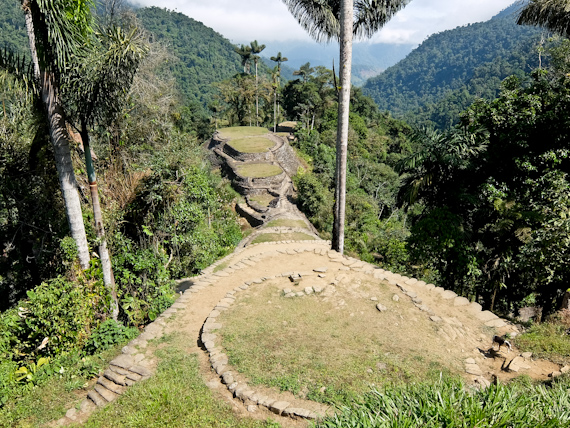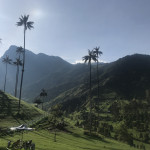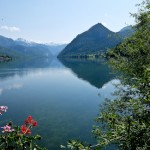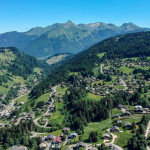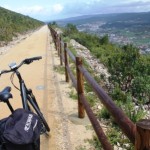Who would have thought it? I’m cycling around the centre of Medellin in Colombia, until recently one of the world’s most dangerous cities, with over 6,000 killings recorded in 1991.
During the 1980s and ’90s much of the city was controlled by Pablo Escobar, the infamous drug baron, and even after he was shot by police in 1991, crime remained rampant.
These days the only obstacles to my cycling are fruit and vegetable merchants who seem happy to plonk their stalls right in the middle of bike lanes and wandering pedestrians. Another sign that Medellin is back on the international stage is that it’s hosting the second edition of Tour Colombia with top cyclists from all over the world competing in its six-day event.
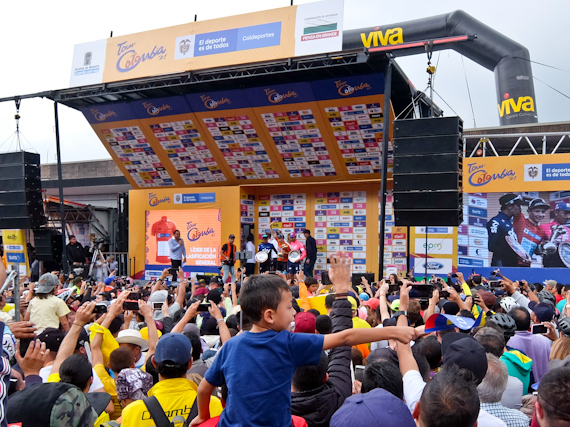
Our very own Chris Froome is here with Team Sky and the vertiginous climbs from downtown at 1500m to over 2500m up the sides of the Medellin valley are an ideal rehearsal for the Tour de France. I talk to some of the British competitors who tell me that the rides here are some of the most challenging in the world and they have nothing but praise for the organisation and the splendid surface of the roads.
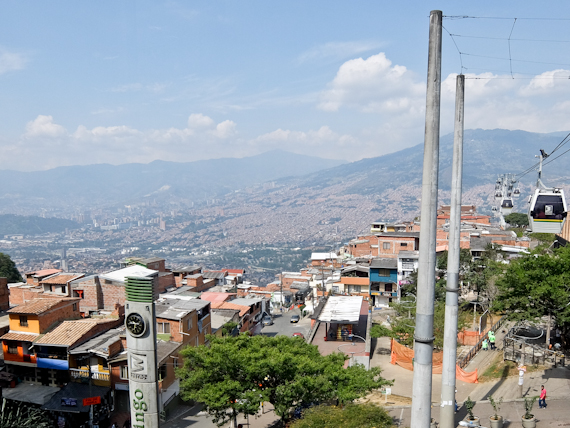
I’m certainly not up to their level but do manage a stretch downhill to the nearby town of Guatapé. The village, about 60 km south of the city, is attractively situated by the side of a lake, and the white walls of its traditional houses are covered in brightly painted murals of people and animals. The star attraction here is the climb up 659 steps to the top of El Peñón de Guatapé, at 2135m. There’s a stunning view of the fingers of the lake laid out below the green mountains.
ColombiaCycling And Hiking In Colombia is certainly geared up for the outdoors and I fly one hour to Santa Marta, on the Caribbean coast, for the archetypal trek to the Ciudad Perdita, or Lost City. Dating from the 7th century, the Spanish conquistadors wiped out the Tairona, the people who built it, in their quest for Eldorado. It wasn’t really lost, just forgotten until tomb robbers rediscovered it in the 1970s.
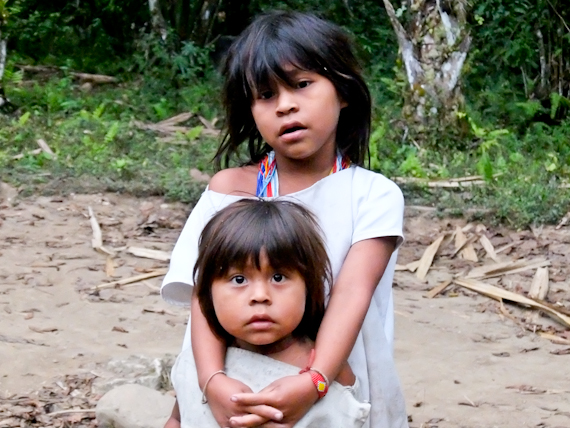
It’s still sacred to the indigenous Kogi people and access is strictly limited. It’s a four-day trek, there and back, and you have to go as part of a group with local guides. We start with a bone-shattering 4WD journey to the start of the trek at El Mamey. The other hikers are all young, less than half my age, the majority Dutch, with a handful of Americans and Canadian.
The whole trek is only around 52km and, although you need a certain amount of fitness, they say that anyone can do it. The afternoon starts with a gruelling climb uphill and of course, I’m the slow one at the back, with the long-legged Dutch pushing on ahead. The humidity is high and a few Kogi women, in their distinctive white smocks, pass me on mules. I drop down to the first camp by the river and plunge into the deep water pools to wash off the day’s toil.
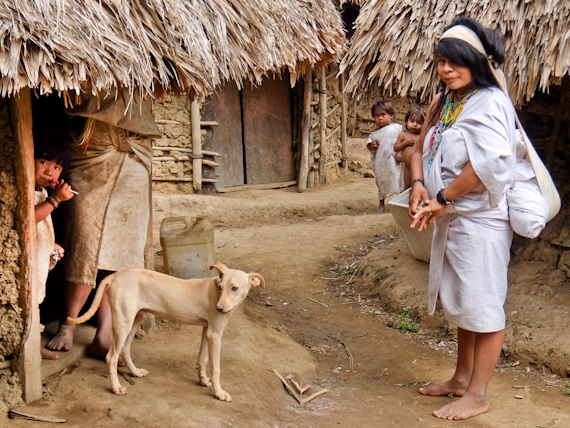
The second day is the toughest, as we climb deeper into the mountains and cultivated fields give way to tropical forest. At a Kogi village, the women and children emerge from circular thatched huts to watch us pass. Small pigs shuffle around, and I’m told the men are out hunting. Later there are rivers to cross, but since it’s the dry season the water is shallow.
Our evening’s camp is within striking distance of the Lost City and the night time sounds of the forest lull me to sleep. It’s an early call, just before dawn, and then a steep climb up a series of 1200 moss covered steps up into the mist. A couple of soldiers waving automatic weapons guard the entrance – British tourists were kidnapped here in 2003 by ELN guerrillas and held for 103 days, and the authorities are taking no chances.
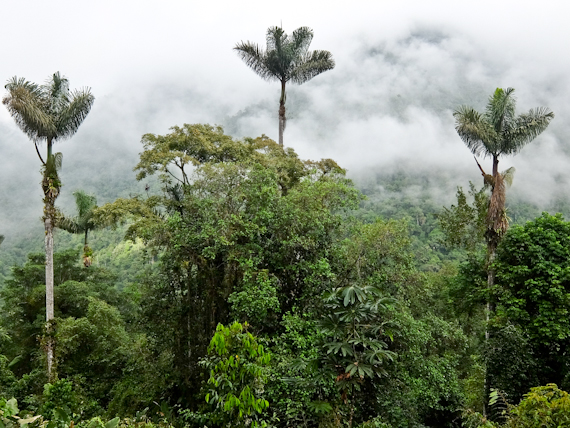
Unlike that other famous lost city, Machu Picchu, the buildings here were wood and thatch, much like the huts I saw earlier, so only the foundations remain. There are a series of concentric circles, on wide terraces like manicured lawns, connected by winding pathways. Spread over an area of about 30 hectares, 250 terraces have been discovered so far and around 4000 people are believed to have lived here at its peak.

Apparently, there are other settlements lost in the jungle, and as the early morning mist lifts, allowing the sunlight to pierce the deep green canopy, the only sounds come from the birds and a nearby waterfall. As we relax on the terraces, taking it all in, two shots ring out. I see the soldiers run to their command post and very soon a helicopter is hovering overhead. My guides say it’s only the Kogi out on a hunting expedition. I’m relieved – although this place is magical, I’m looking forward to getting back to civilisation and my creature comforts.
Tell Me More About Hiking and Cycling in Colombia
The trip to Colombia was provided by TravelLocal (0117 325 7898). Their online platform connects travellers with local tour operators, providing authentic experiences that benefit local communities. They offer a 9 day trip to northern Colombia, including cycling in the Guatapé region, trekking in the Sierra Nevada mountain range and the Lost City hiking experience, from £1480pp. This includes accommodation, some meals, all excursions, transfers, driver and guide.
Medellin Travel has information about the city.
Avianca flies direct daily from London Heathrow to Bogota and has connecting flights to Medellin.

